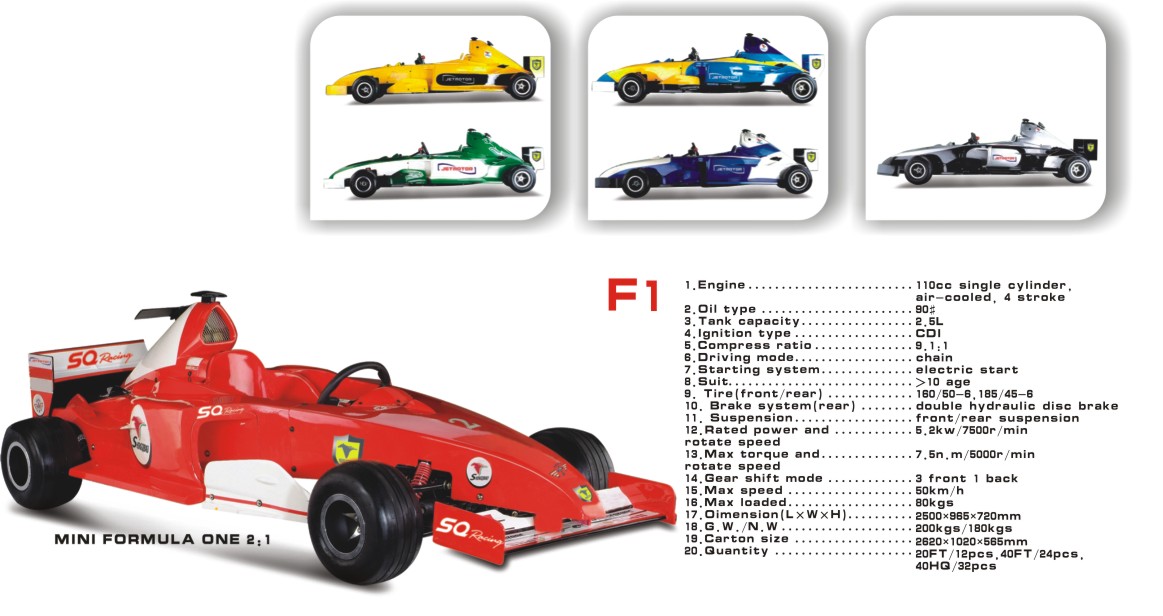
If you haven’t read Mark Landler’s article on the Trabant, I recommend checking it out.
Mr. Landler attended a meeting of Trabant owners celebrating the car’s 50th anniversary and learned that for many people living in eastern Germany, the Trabant represents a sort of nostalgia for the way things used to be before the Berlin Wall came down.
It’s called Ostalgie, or nostalgia for East Germany. According to one of the organizers of the meet, it’s not so much a longing for Communism, but for the simplicity of the time, before the region was swept into the tumult of marketing, luxury goods and, one assumes, Brangelina. “We treasured things in those days,” Uta Pleissner said. “The Trabant was a symbol: You had your family, you had a house, and you even had a car.”
I can relate to this. When I tell people that I write about cars for a living, they inevitably ask, “So you review cars?” My negative answer always leaves their faces blank, as if there’s nothing else to write about. But cars have always been more than products to be reviewed, consumed, and sold. You only have to look at the battle over global warming to understand. Cars are a politically charged symbol of where you stand on the future of the planet or, even more broad than that, of how much you care about anything. The entire automotive product line represents a scale measuring levels of humanity, with the Prius at one end and the Hummer at the other.
Mr. Landler attended a meeting of Trabant owners celebrating the car’s 50th anniversary and learned that for many people living in eastern Germany, the Trabant represents a sort of nostalgia for the way things used to be before the Berlin Wall came down.
It’s called Ostalgie, or nostalgia for East Germany. According to one of the organizers of the meet, it’s not so much a longing for Communism, but for the simplicity of the time, before the region was swept into the tumult of marketing, luxury goods and, one assumes, Brangelina. “We treasured things in those days,” Uta Pleissner said. “The Trabant was a symbol: You had your family, you had a house, and you even had a car.”
I can relate to this. When I tell people that I write about cars for a living, they inevitably ask, “So you review cars?” My negative answer always leaves their faces blank, as if there’s nothing else to write about. But cars have always been more than products to be reviewed, consumed, and sold. You only have to look at the battle over global warming to understand. Cars are a politically charged symbol of where you stand on the future of the planet or, even more broad than that, of how much you care about anything. The entire automotive product line represents a scale measuring levels of humanity, with the Prius at one end and the Hummer at the other.

















